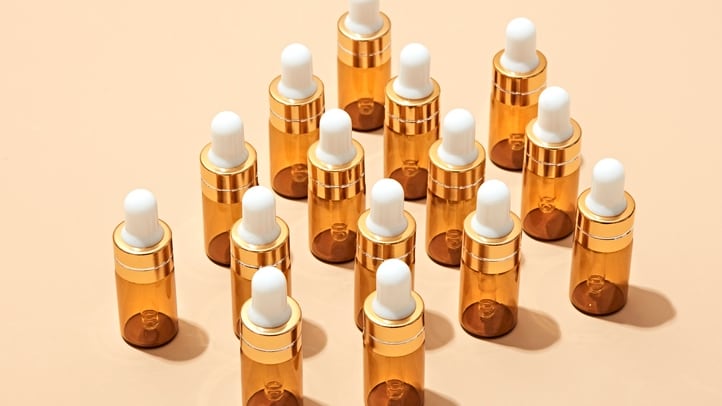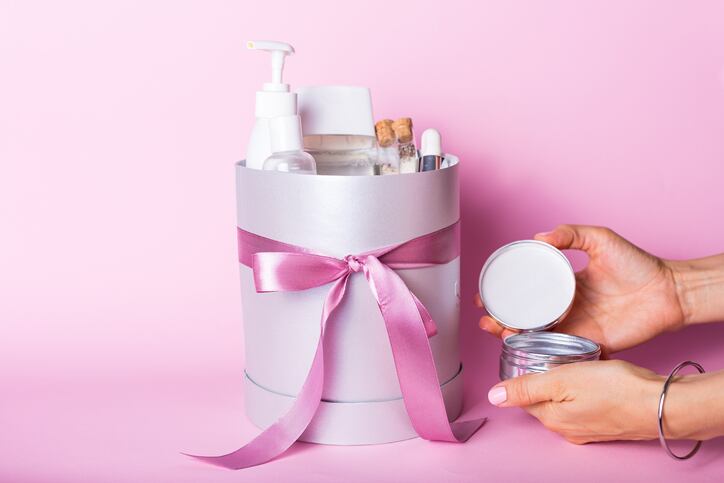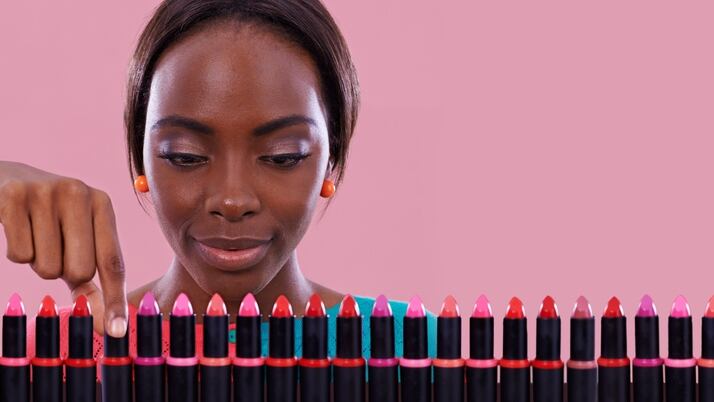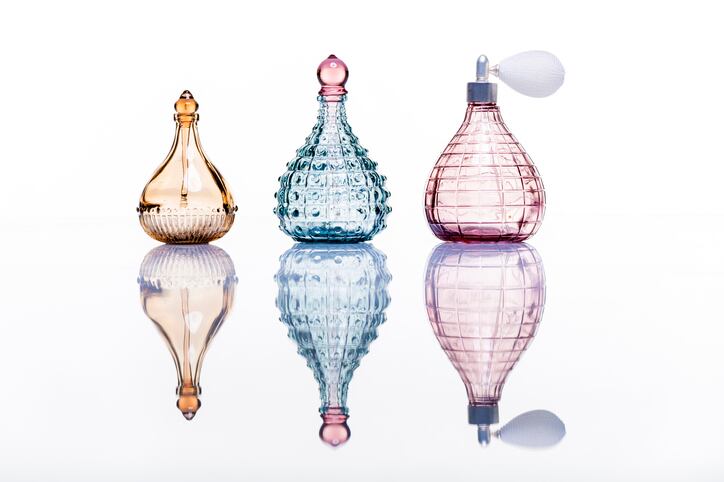A team out of Portugal, Ferreira et al., recently published an article in Cosmetics reviewing today’s international regulatory framework for cosmetics products, including laws and regulations in the US, EU, Canada, Brazil, China and Japan.
While some of the frameworks are similar between markets, some notable differences and disconnects exist.
“Rather than asking if global harmonization is possible, the question might be ‘Is it necessary?’” Ferreira et al. said. “The legislative measures of the six regions considered in this work are in fact different, affecting international trade, among other issues.”
Ferreira et al. noted that the industry has been able to navigate the regulations in many regards, but improvements can be made.
Here are five areas of regulatory disconnect noted in their review.
Product definition and categorization
Generally, across all regions, cosmetics are categorized by “functions of the product, parts of the body where it is applied, mode of application, indication of use, claims and consumers’ perspectives”.
Disconnects tend to happen in how categorizations are applied. For example, while cosmetics products must fall in one category in the EU, they can fall in multiple categories in the US and must meet regulations for all of them.
In the US and Canada, some products fall into the categorization of drugs or somewhere between cosmetics and drugs, such as over-the-counter and natural health products.
China and Brazil also have many more specific categories, along with more general categories like the other regions.
Premarket approval
Assessing consumer safety is top of mind in the premarket approval practiced.
While the EU has a detailed and specific premarket approval process, the US only required approval for colorants for specific uses. Canada places the burden of safety on the manufacturer and requires a product to be notified to Health Canada.
In China, only specific types of cosmetics need to undergo approval and registration depends on product type in Brazil as well.
Japan requires companies to obtain two types of licenses, a Cosmetic Manufacturing License and a Cosmetic Marketing License, dictating that standards for quality practices and vigilance practices must be met.
Ingredient Regulation
Ferreira et al. said ingredient regulation follows a similar model between the six markets, listing good and bad ingredients, with the main difference being the ingredients on those lists. They give the following examples:
- Contrary to the EU, the USA and Canada only have negative lists, partly because some of the products positive-listed in the EU are not regulated as cosmetics in North America.
- The EU bans more than 1,400 dangerous chemicals from cosmetics while the USA bans less than 20 chemicals.
- The EU has more than 25 ingredients approved for use as sunscreens, while the USA has only 2 ingredients fully approved and 12 ingredients provisionally approved, providing additional safety data is supplied.
The EU uses a scientific committee to analyze the risks or ingredients, adding and removing ingredients from negative lists, for restriction and prohibition, and positive lists for colorants, UV filters and preservatives.
While Brazil and China use a similar model to the EU, the US and Canada have lists of controlled cosmetic ingredients, though they are much less thorough than in the EU.
Packaging and claims
Generally speaking, labeling requirements between the six regions are fairly similar, though in the US there are specific requirements for some ingredients, like SPF, and EU regulation has requirements around guarantees of safety.
Where there is more variation is in the regulation of claims. EU law states advertisement, marketing and communication around a product cannot make or imply claims or characteristics that a product does not have.
Ferreira et al. said while the EU and Japan, which has a list of 56 acceptable efficacy claims, have thorough consumer protections, other regions like the US, Canada and Brazil have no such lists or guidelines, simply requiring claims must be truthful and not misleading.
They also say that because none of the six regions covered in the report have a body that approves claims, noncompliance is possible in all markets.
“One of the most common non-compliances is a drug claim on a cosmetic product,” the researchers said. “This occurs because sometimes it is challenging to determine what type of claims are appropriate for cosmetics, rather than drugs, since some cosmetic products can alter the function of the body.”
Animal testing
One of the vastest disconnects between the markets is the use of animal testing. While consumers are more aware of issues around animal testing and some region are codifying bans on the practice, other regions are still using it broadly.
The EU had broadly banned animal testing and related marketing for finished products and ingredients, the US and Brazil have states with animal testing bans and Japan is phasing out animal testing.
Canada has no ban on animal testing. Although a bill was introduced to their legislature in 2015, it has yet to be passed.
In China, animal testing is still required for cosmetic registration, though Ferreira et al. said the country is working to align its regulations with the other regions.
Author: M. Ferreira et al
Source: Cosmetics
Cosmetics 2022, 9(4), 72; https://doi.org/10.3390/cosmetics9040072
Title: Overview of Cosmetic Regulatory Frameworks around the World




